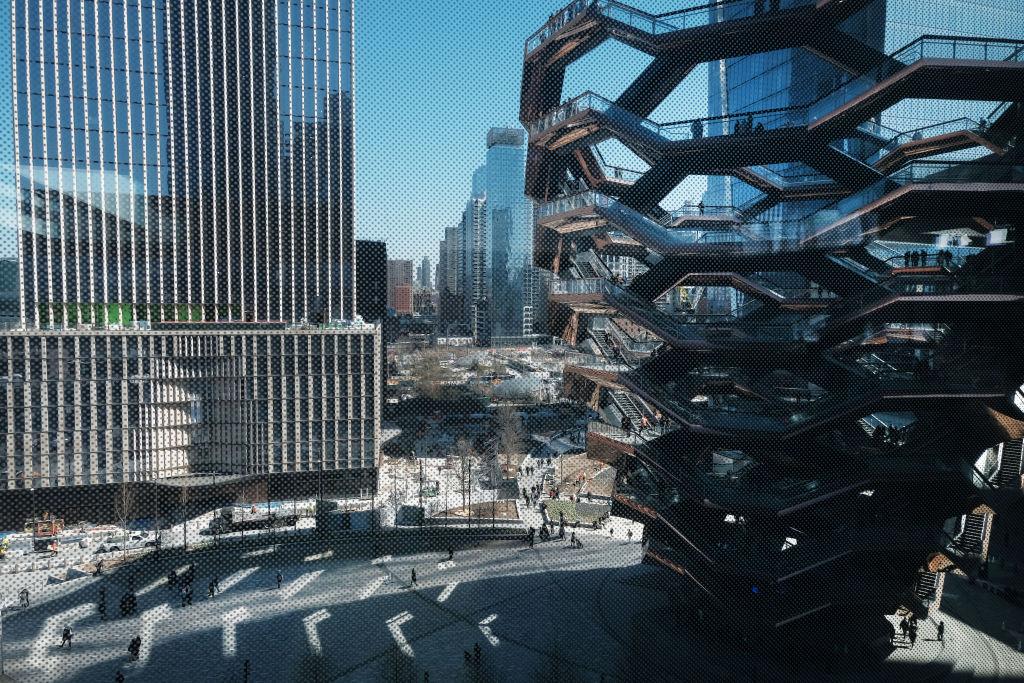NEW YORK—Hudson Yards in Manhattan is known for being the most expensive private real estate development in U.S. history. Estimated to cost $25 billion, the neighborhood on the west side of Midtown won’t be fully complete until 2024, yet barely a month after its grand opening, New York City’s public advocate is raising concerns about its business practices.
At a press conference on April 16, Jumaane Williams called out Hudson Yards’s $1.2 billion worth of funding linked to an immigration program that was designed to help poorer neighborhoods. He questioned whether Hudson Yards qualifies as being in an “economically distressed area.”




